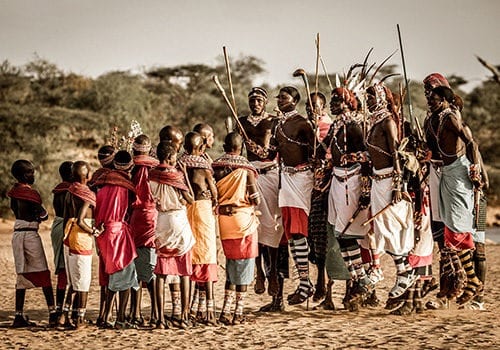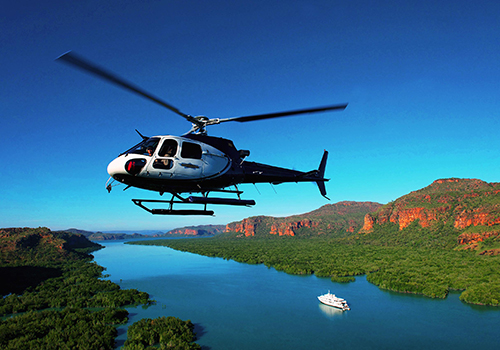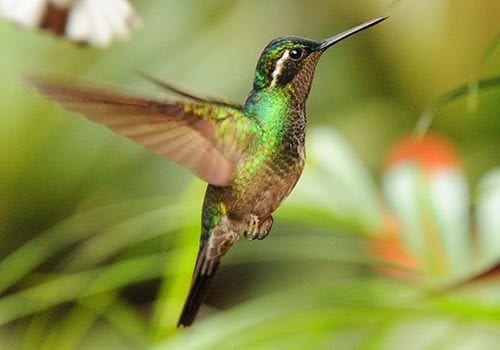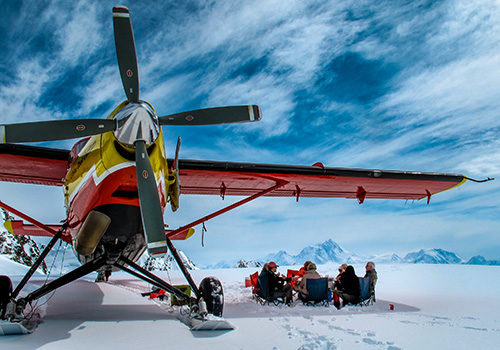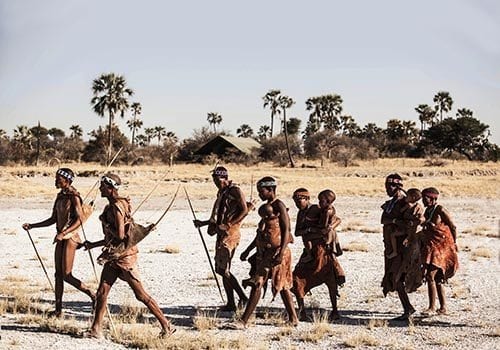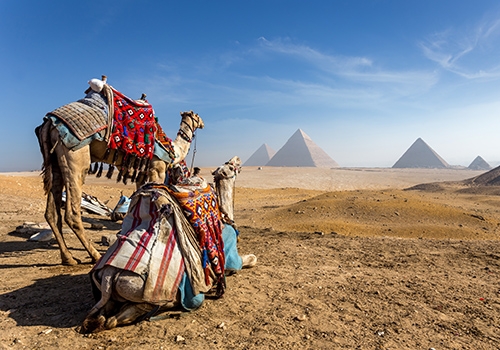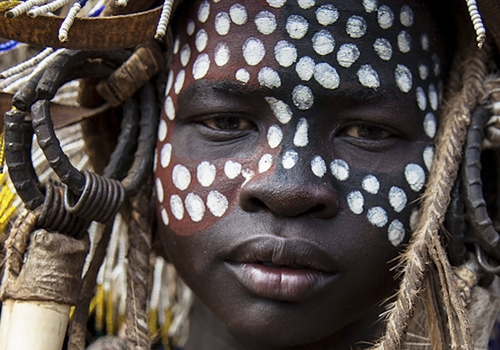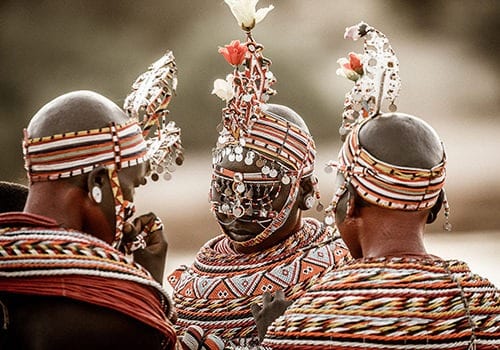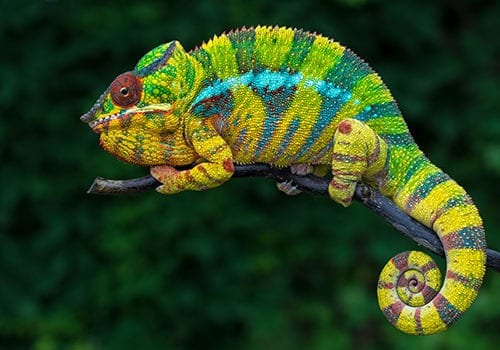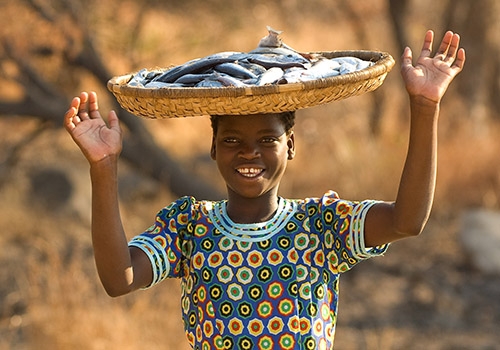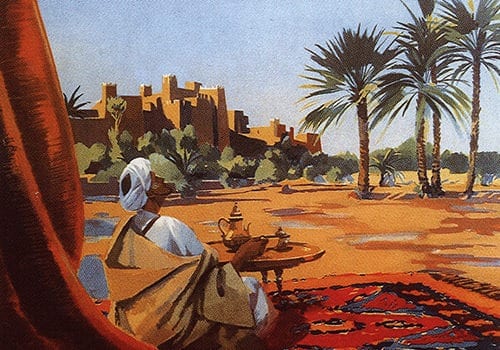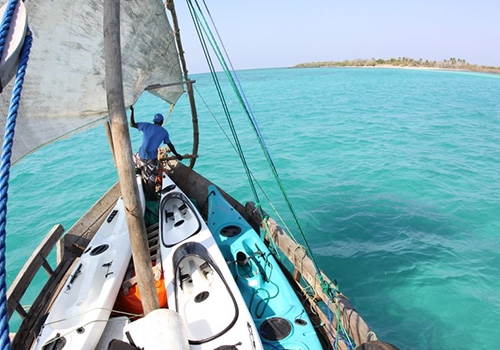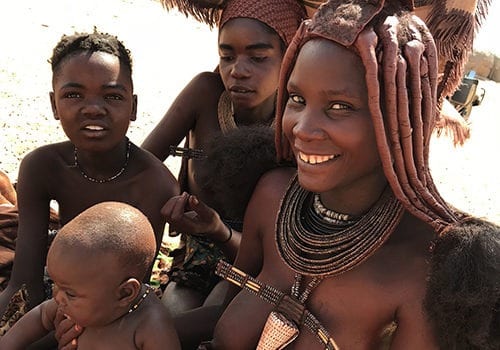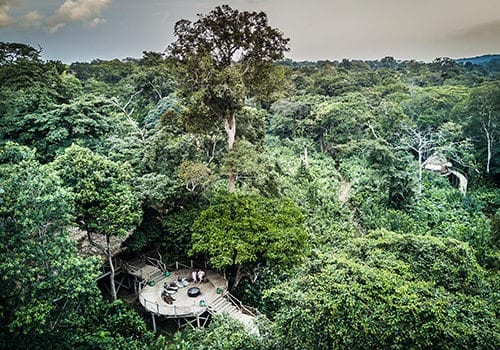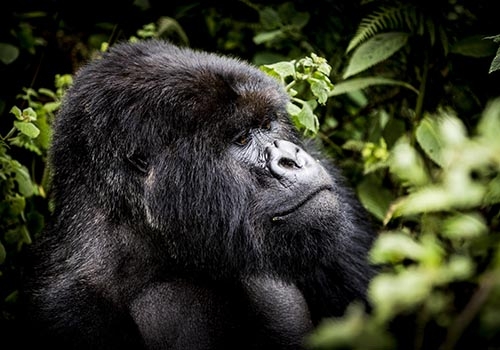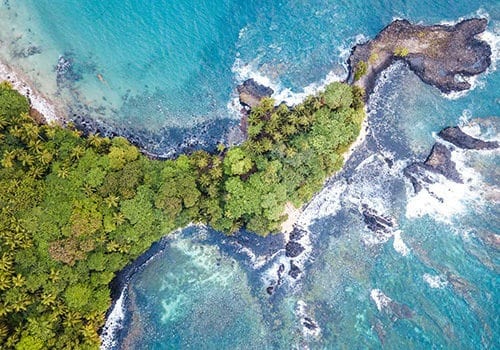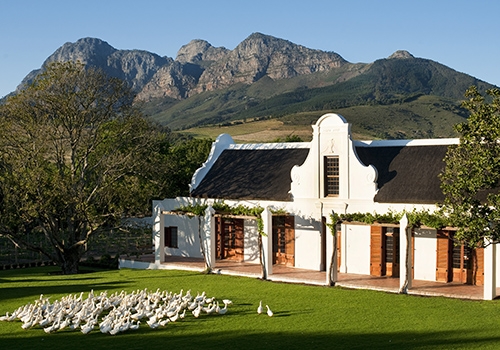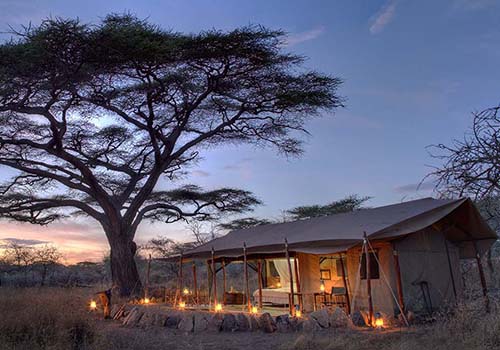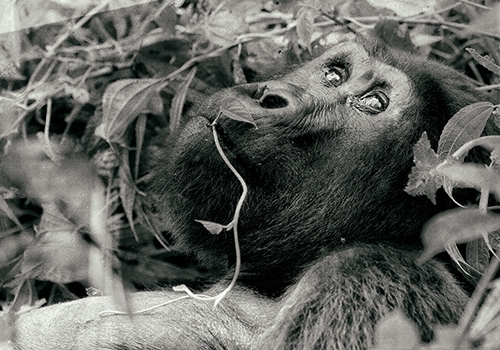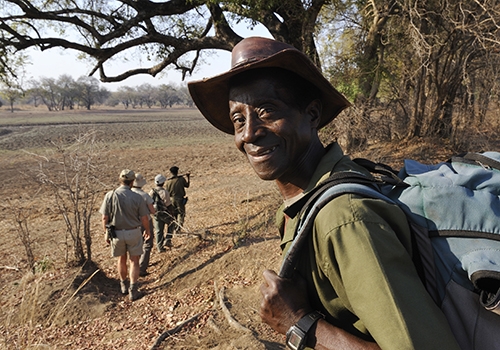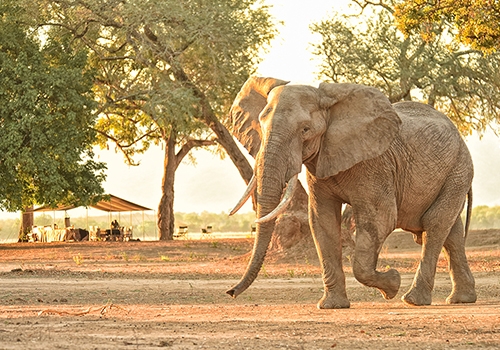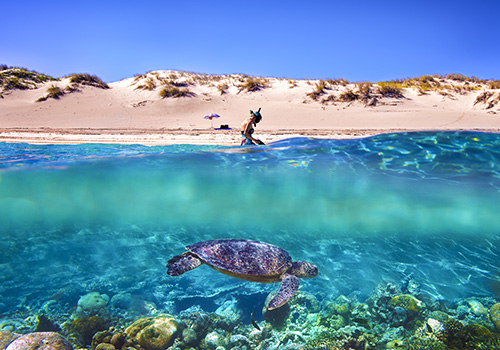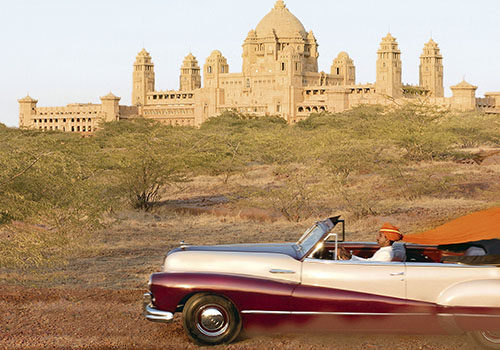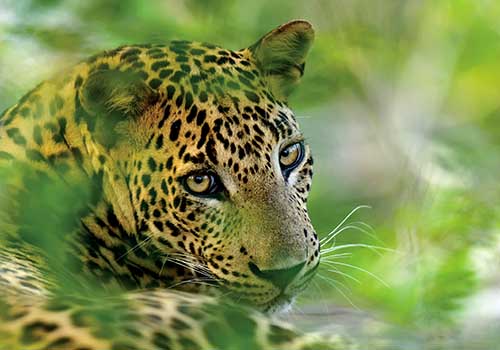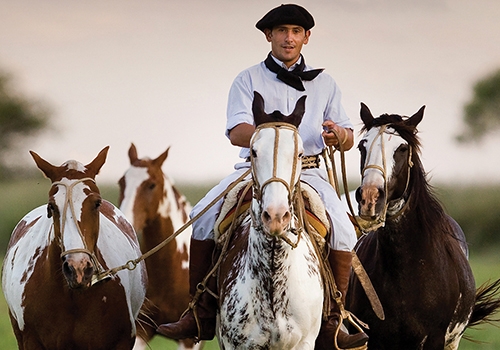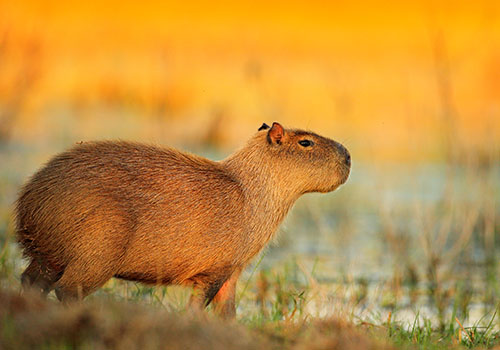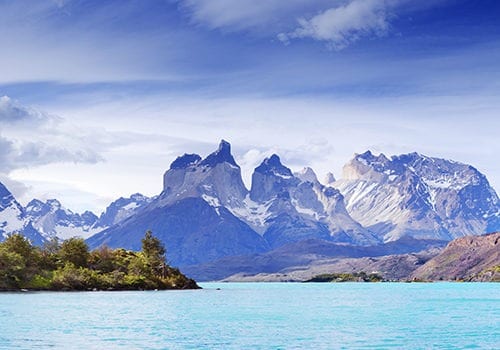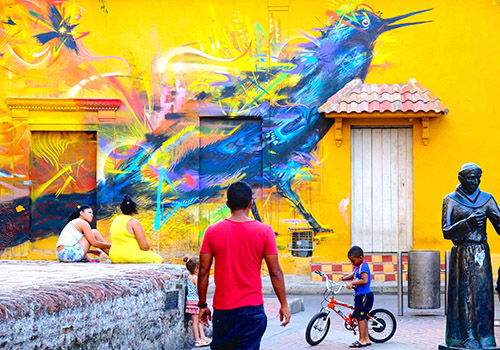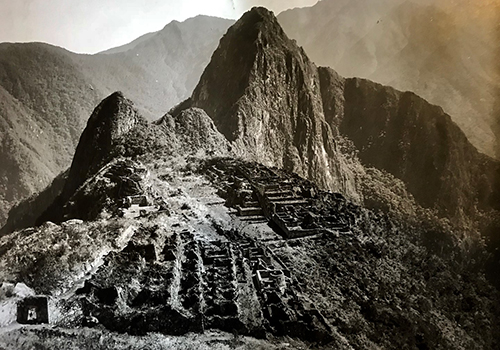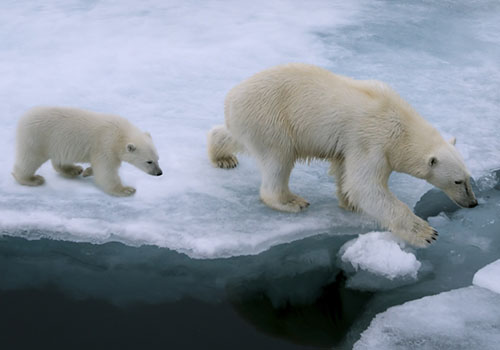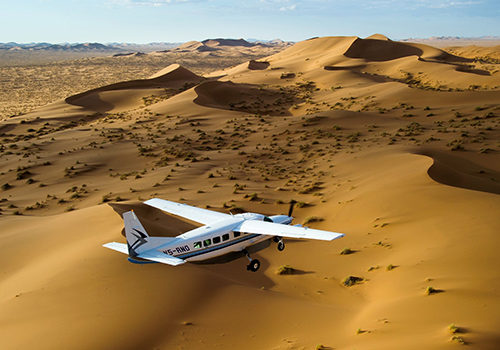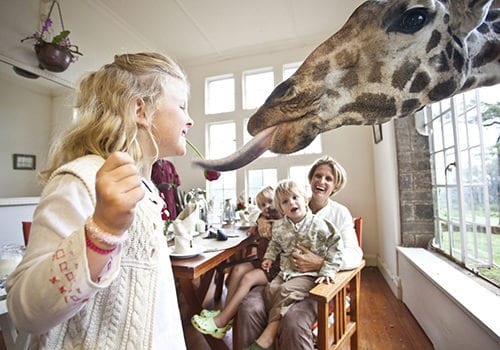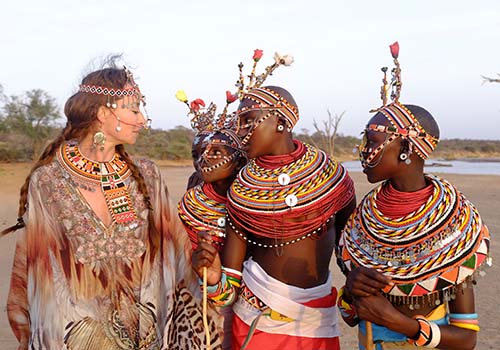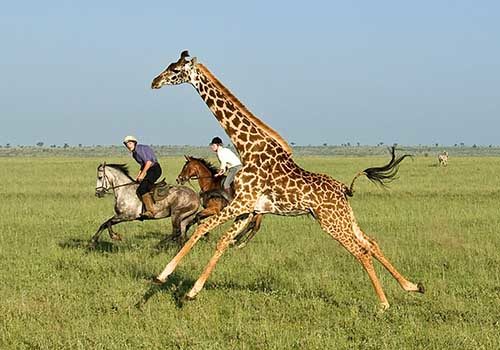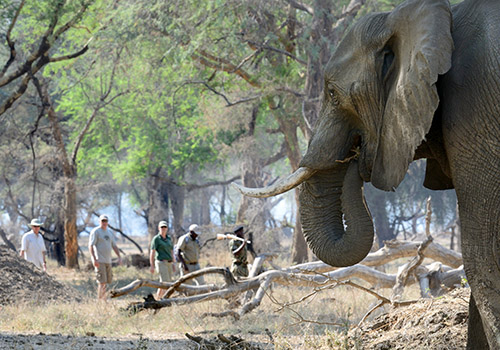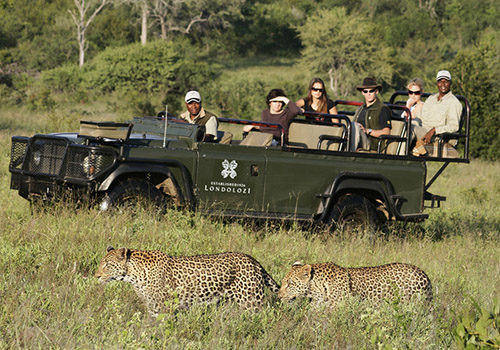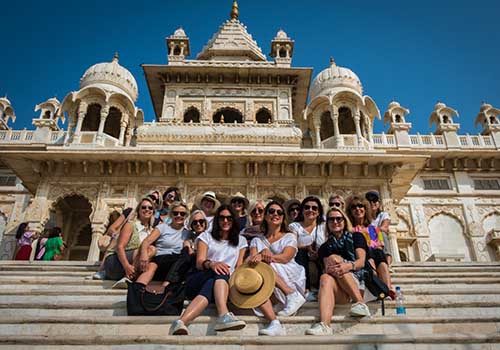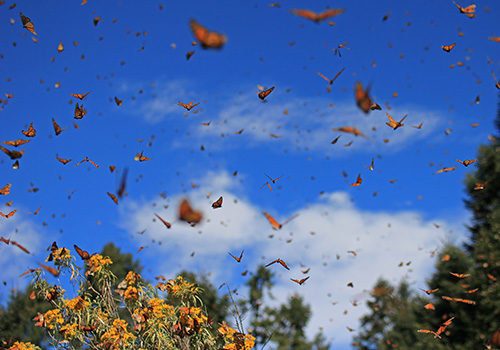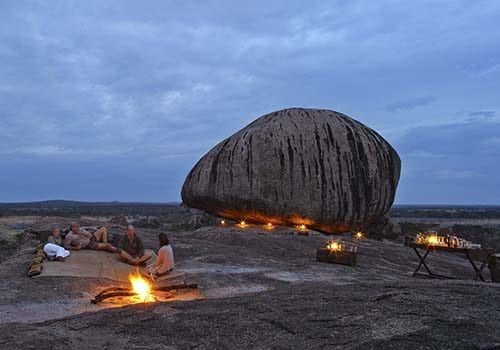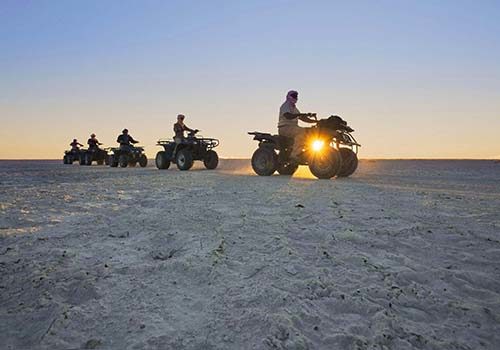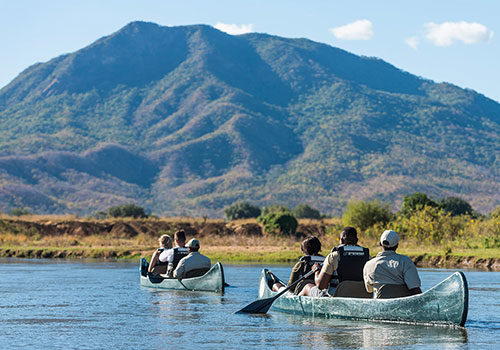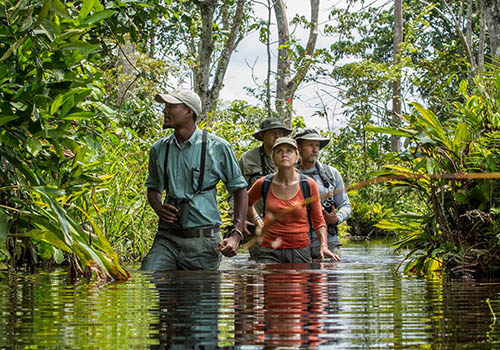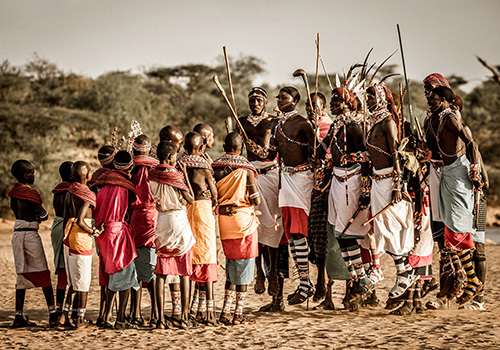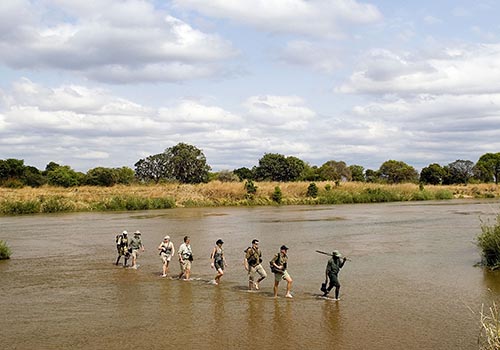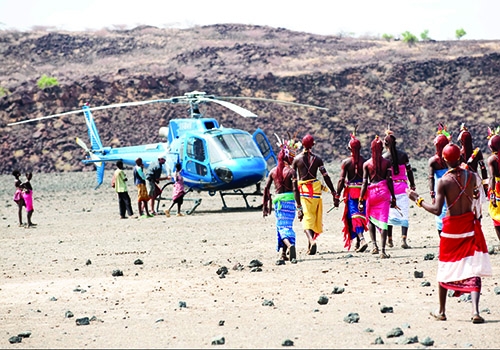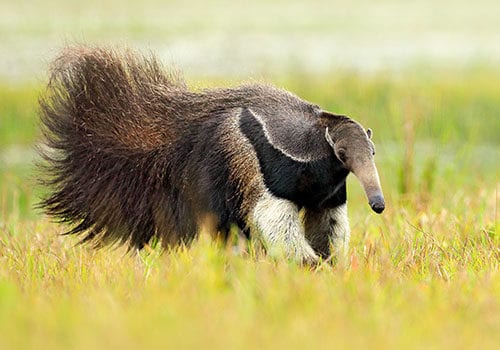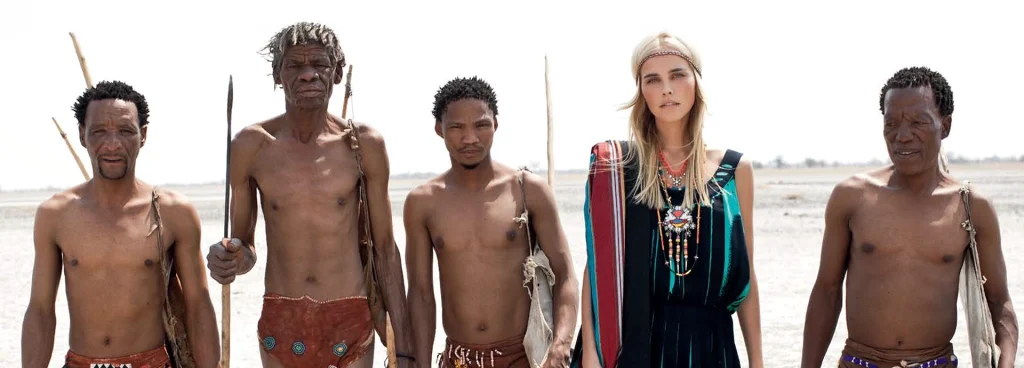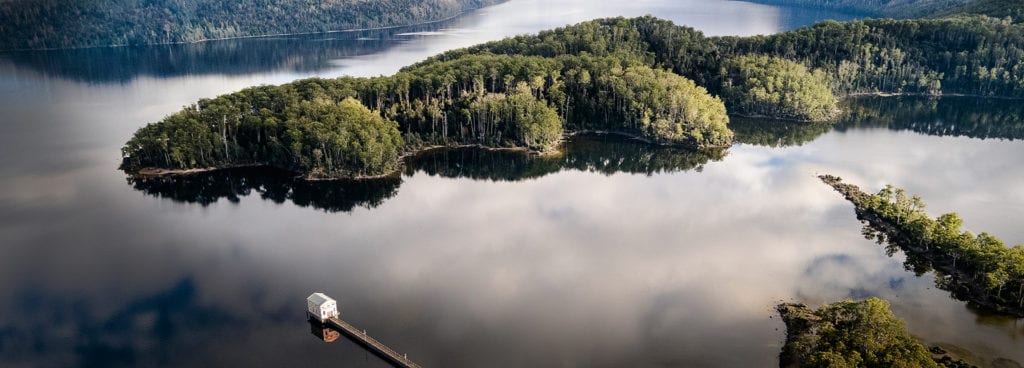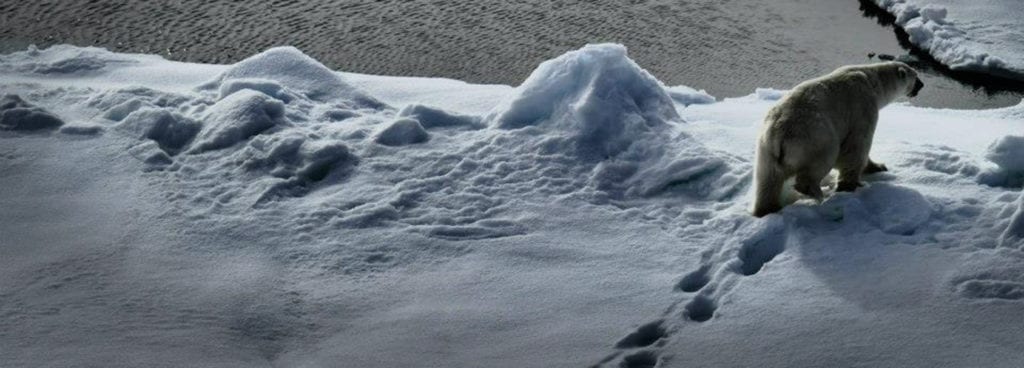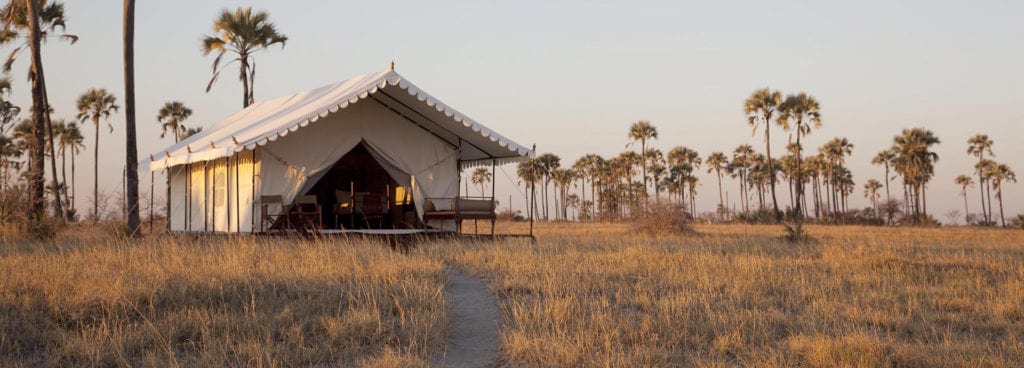DISPATCHES FROM EXOTIC LANDS
Beyond Lions & Elephants
The Other Safari Animals You Must See
– Excerpt from Sydney Morning Herald Traveller Magazine, Aug 16, 2025 – by Catherine Marshall
“Keep your eyes peeled for zorrilla,” says safari guide Barend Lamprecht as we summit a ridge overlooking Laikipia Wilderness Camp in Kenya.
Have I heard him right? We’re almost 1,000 kilometres from the rainforest habitat of Central Africa’s mountain gorillas, and further still from their western lowland cousins secreted within the folds of the Congo Basin. “Not gorillas,” Lamprecht says, noting my befuddlement. “Zorrillas – African polecats. You tell people ‘zorrilla’, they think it’s huge. It’s not very big, but it’s very special.”
In the end, we don’t see these black-and-white-striped, skunk-like creatures. Our curiosity is assuaged by lapis-breasted vulturine guinea fowls, flaxen-eared jackal cubs and a black eagle scouting for hyraxes.
We see striped hyenas, diminutive dik-diks, a Goliath heron perched on a riverbank peering at its reflection. Finally, we find the animal I’ve travelled here in the hope of seeing: a melanistic leopard – a particularly rarefied member of that holy grail, the Big Five.
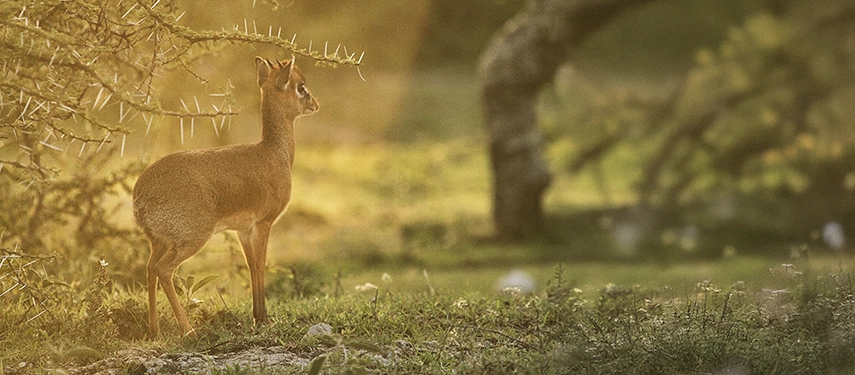
It’s a triumphant moment, but her appearance doesn’t diminish the joy those other creatures have kindled. As Satao Camp guide Nganba Malingi later tells me, “You don’t exhaust nature – it’s always fascinating.”
But these enchantments of nature are often overlooked in the quest for the “perfect safari”, a modern-day hunt for Africa’s Big Five: lions, leopards, elephants, buffaloes and rhinos. The designation itself has ignominious origins; the motley group was gifted the collective moniker by colonial-era trophy hunters, who declared them to be more dangerous and difficult to hunt on foot than any other game. By and large the hunters prevailed, thereby hastening the depletion of some of Africa’s most formidable creatures. Their reward? Assorted trophies – tusks, pelts, horns, stuffed heads – and a perception of victory.
Conservation has largely supplanted hunting, and the “Big Five” honorific is now used extensively in safari marketing campaigns. Thrilling as it is to spot these “biggies”, the PR blitz has had unintended implications. It encourages unreasonable expectations, leads to overtourism in places where the Big Five are present, and diminishes the thrill of seeing common or less-familiar wildlife.
Neither ecosystem nor safari can exist without the presence of an exhaustive supporting cast of equally charismatic creatures.
As an antidote to the lionisation (pun intended) of the Big Five safari celebrities, here, with guidance from the International Union for Conservation of Nature’s Red List, is a sampling of African wildlife that deserves a share of the spotlight:
African Wild Dog or Painted Dog
Where: Hwange National Park in Zimbabwe, where 210 individual adults were counted last year (2024). There are also scattered populations in Southern, East, Central and West Africa.
Status: Endangered
Tell Me More: Veteran safari-goers prize rare encounters with “painted dogs”, an experience that’s becoming more common thanks to the gradual comeback of these once-endangered carnivores. Rotund ears crown their patrician faces, tortoiseshell-daubed coats flash gold, black and white as they race across the bushveld in packs of 30 or more. The real treat is spotting puppies: ears protruding like satellite dishes from their tiny heads, they yap and clamour as female members of the matriarchal clan regurgitate into their mouths the first bites of a fresh kill. The dogs’ numbers and range have shrunk dramatically over the decades; fewer than 7,000 remain across 14 countries, according to the not-for-profit Painted Dogs Conservation.
Start Spotting: Wild dogs are most active at sunrise and sunset; the denning season, when pups are born, runs from about April to August. Stay at Somalisa Camp in Hwange, where wild dog sightings are a possibility, on a tailored Classic Safari Company journey.
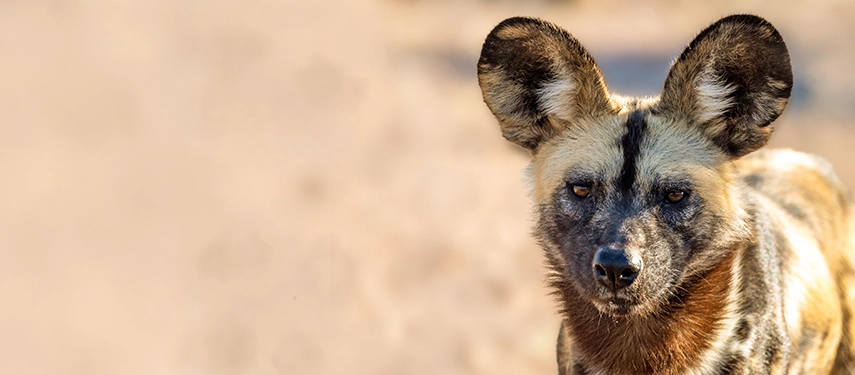
Western Lowland Gorilla
Where: Odzala-Kokoua National Park in the Republic of Congo, where habituated gorillas can be tracked. Their range extends across central-west Africa’s rainforests.
Status: Critically endangered
Tell Me More: Long overshadowed by the mountain gorillas of Rwanda and Uganda (which also range into the Democratic Republic of Congo), these slightly smaller apes are making a gradual recovery in Odzala-Kokoua National Park after an outbreak of Ebola almost wiped them out in the early 2000s. Just a handful are habituated for human encounters, making them one of the most exclusive wildlife sightings on the safari circuit. Led by a tracker and a guide, visitors must plunge through the undergrowth searching for these gentle, contemplative creatures. An encounter with these gorillas transcends the usual safari sighting: lock eyes with a silverback, and you’ll feel your souls connect.
Start Spotting: The gorillas remain in their range throughout the year, but the equatorial weather is marginally more bearable for visitors during the so-called dry season (December to March and June to September). The Classic Safari Company’s 12-night Congo Odzala Odyssey with Kamba includes guided gorilla treks.
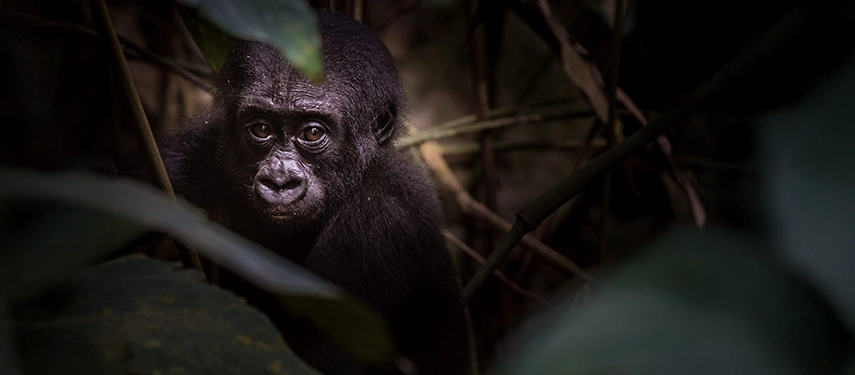
• • •
… and then there’s the Small Five
Elephant Shrew
Imagine a mouse-like creature with an elephantine snout, and you’ll have an approximation of the elephant shrew. Also known as sengi, these littlies are actually more closely related to elephants, aardvarks (whom they also resemble) and sea cows than shrews.
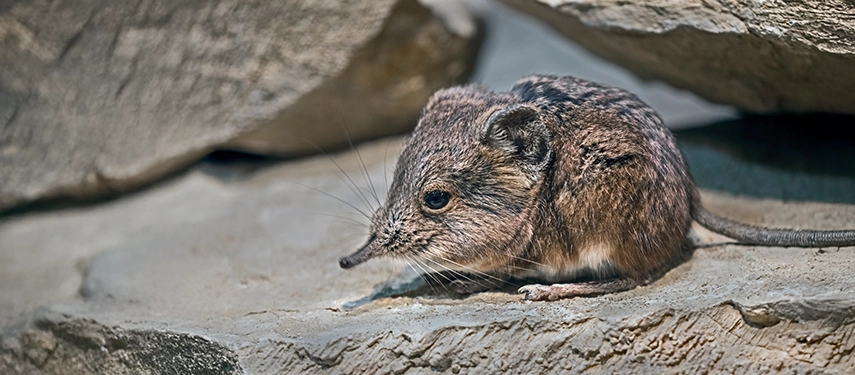
Ant Lion
Where lions have powerful jaws, the tiniest of the Little Five sport mean-looking pincers during the larval stage, and leave behind whimsical tracings as they scurry across the sand. The spiky, fearsome-looking larvae become airborne when the “ants” metamorphose into gauzy lacewings.
Leopard Tortoise
If you squint, this tortoise’s patterned shell resembles a leopard’s rosette-imprinted pelt. They’re abundant and sluggish enough for regular sightings; if you’re on a self-drive safari be alert for potential collisions with these slowcoaches.
Rhino Beetle
Regarded as the “Hercules” of the beetle kingdom, these insects are said to be able to support up to 850 times their own weight. Their “horns” are proportionately larger than those of the rhino; males lock horns during the many combats that arise between them in the mating season.
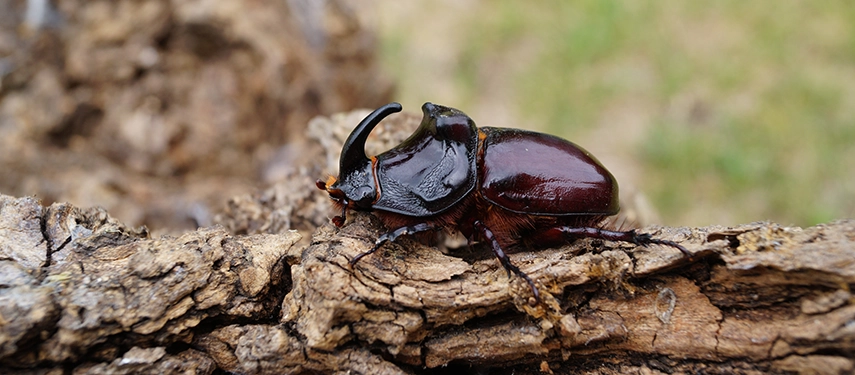
Buffalo Weaver
It’s easy to spot these rowdy birds in the company of their Big Five namesakes: hitching rides on Cape buffaloes’ backs, they peck at the insects buried in their coats. The buffalo weavers’ nests are also easily identifiable: built to accommodate an entire flock, they overflow shambolically from tree notches and powerlines.
• • •
Catherine Marshall has worked as a journalist for more than three decades and has received awards for her travel writing and reportage in Australia and abroad. She specialises in emerging destinations, conservation and immersive travel. Connect with Catherine on Twitter.
READ THIS ARTICLE IN FULL NOW AT SYDNEY MORNING HERALD’S TRAVELLER MAGAZINE
